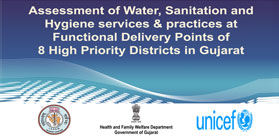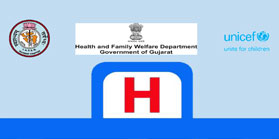Goal and Roles
Community Medicine is a specialist branch of medicine which deals with matters relating not to individuals but to groups.
The Royal Commission on Medical Education defined "community medicine" as an inclusive term embracing the practice of public health and medical administration and teaching and research in (Preventive & ) social medicine.
Specialist in Community Medicine expected to be responsible for assessing the health needs of "the community" - that is of the population residing in an administratively defined locality; they would advance preventive medicine in close collaboration with the clinical services; they would be the link between the health service and the local government authorities acting as adviser to the environmental health services, school health services and the social services of the latter; and they would participate in the administration of the hospital and family practitioner services by advising on long-term planning, the integration of preventive and curative medicine, the evaluation of the effectiveness of services and the deployment of resources.
Underlying specialist skills in Community Medicine branch are epidemiology and management theory and practice.












